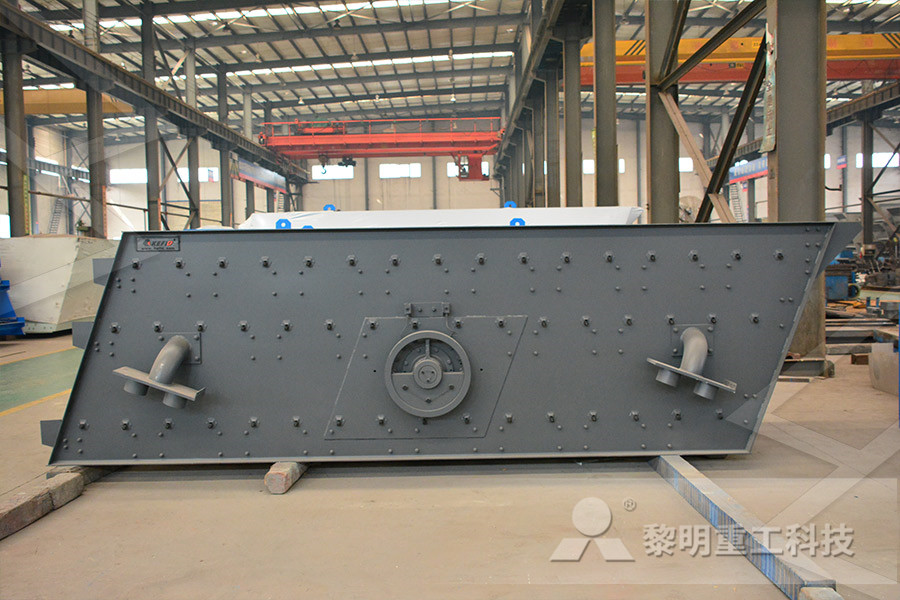
Different Types Sizes of Aggregate for Concrete
Aggregate may be natural, manufactured or recycled It includes gravel, crushed stone, sand, slag, recycled concrete and geosynthetic aggregates For a concrete and also the durability , strength, thermal properties, and density of hardened concrete This Bulletin describes types of aggregates normally used in concrete, aggregate properties affecting performance of the concrete, tests used to measure aggregate properties, and methods used to obtain test samples Normalweight as wellAggregates for Concrete Aggregate s can be defined as the crushed stone which used in concrete Aggregate in concrete occupied about 70 – 80 % of the total volume which provides the main body to concrete Aggregate makes concrete strong and durable when mixed with cement, sand, and waterAggregate What Is Aggregate 17 Types Of Aggregates
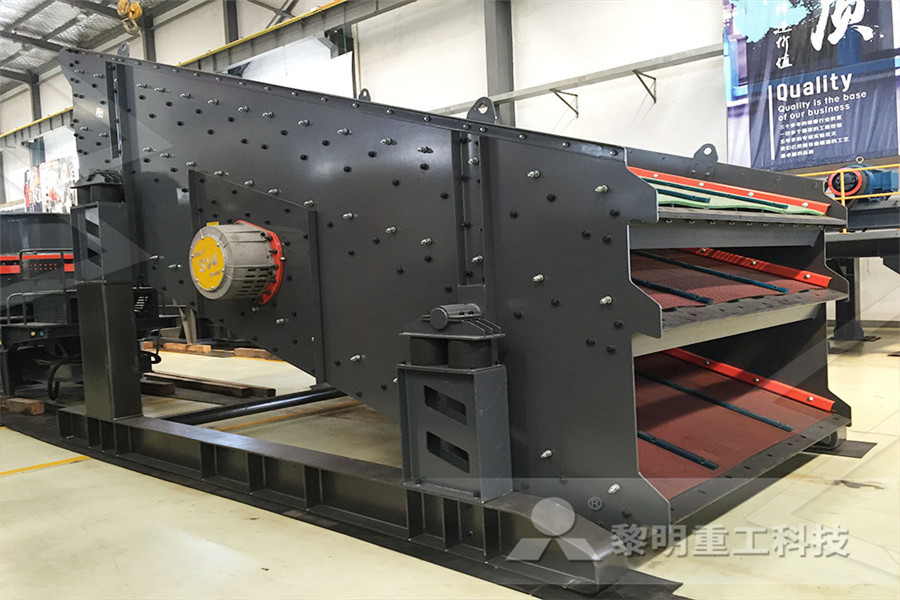
Different Types Of Aggregate And Their Uses
The Different Types Of Aggregate The categories of aggregates include gravel, sand, recycled concrete, slag, topsoil, ballast, Type 1 MOT, and geosynthetic aggregates (synthetic products commonly used in civil engineering projects used to Some natural aggregate deposits, called pitrun gravel, consist of gravel and sand that can be readily used in concrete after minimal processing Natural gravel and sand are usually dug or d from a pit, river, lake, or seabed Crushed stone is produced by crushing quarry rock, boul ders, cobbles, or largesize gravelAggregates for Concrete MemphisStandard Aggregate: The most commonly used types of aggregate that include sand and gravel Generally used in making concrete mixes to provide both mass and strength Standard aggregate includes general purpose sand and gravelDifferent Types of Aggregate Types of Concrete Each

Aggregates Types of Aggregates Coarse Aggregate,
Aggregate is a granular material, such as sand, gravel, crushed stone, crushed hydrauliccement concrete, or iron blastfurnace slag, used with a hydraulic The final concrete product is highly influenced by the properties of the aggregates, the overall freshly mixed concrete, and proportions of the mixture Selecting the aggregates, which come in four categories, is a crucial process Variation in the properties of aggregate Types of Concrete Aggregate and Common ApplicationsGravel aggregates are used for foundations and concretes, as well as products made of reinforced concrete and materials used in road construction There are two types of gravel aggregates: Scrabbled stone – regular, natural or crushed Gravel – rounded pebbles Types of Aggregates EasyMix Concrete UK Ltd
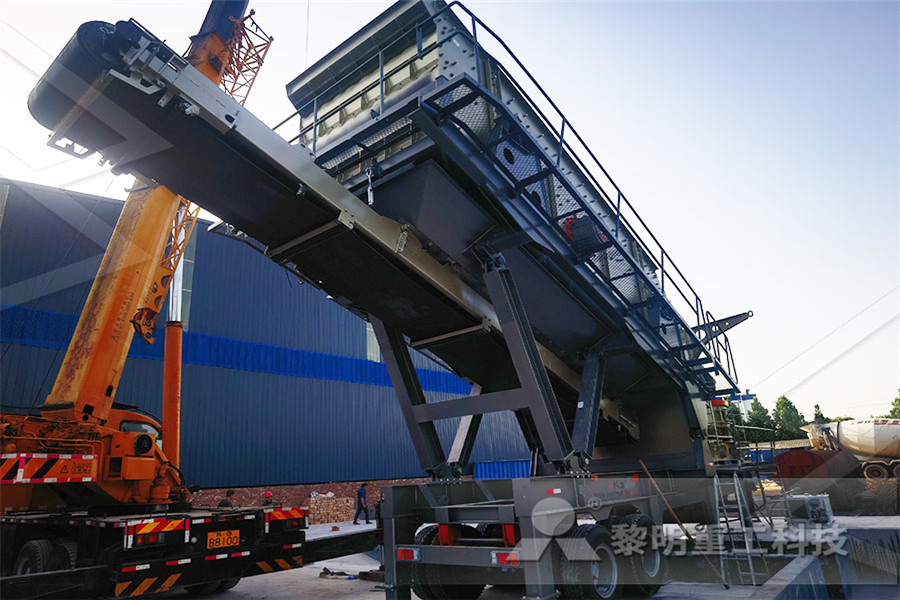
What is a Concrete Aggregate? (with pictures) Info Bloom
Sand is a common example of a fine aggregate in concrete In order for aggregate to be effective, it must be strong Weak aggregate materials will weaken the resulting concrete, which is not desirable Aggregate must also be hard, so that it keeps its shape without deforming in the concreteType 1: Granite Aggregates This is the best aggregate for highgrade concrete, and as it comes in a variety of shades, like grey, red and pink, it can also be used as a decorative feature Granite itself is composed of feldspar, quartz and mica crystals, which dictate Types of Aggregates EasyMix Concrete UK Ltd The final concrete product is highly influenced by the properties of the aggregates, the overall freshly mixed concrete, and proportions of the mixture Selecting the aggregates, which come in four categories, is a crucial process Variation in the properties of aggregate Types of Concrete Aggregate and Common Applications
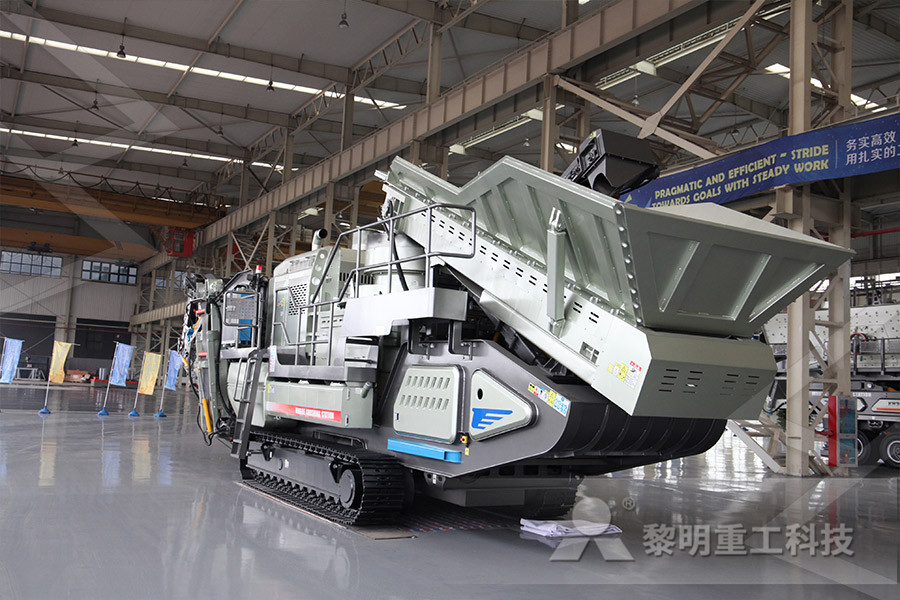
Aggregates for Concrete Greenspec
Key points • ‘Aggregate’ is a term for any particulate material It includes gravel, crushed stone, sand, slag, recycled concrete and geosynthetic aggregates Aggregate may be natural, manufactured or recycled • Aggregates make up some 60 80% of the concrete mix They provide compressive strength and bulk to concrete Types Of Techniques To Set The Concrete Base Standard: A mix containing aggregate and concrete is prepared, and the batch is allowed to set The placement of the stones is random, and there is little control over the placement of the aggregate Topping: Topping the concrete base with aggregate gives better control over the texture of the What Are the Different Types of Exposed Aggregate Aggregate is a granular material, such as sand, gravel, crushed stone, crushed hydrauliccement concrete, or iron blastfurnace slag, used with a hydraulic cementing medium to produce either concrete or mortar Types of aggregates include Coarse aggregate and fine aggregate The aggregate of each type is further subdivided into many types Aggregates Types of Aggregates Coarse Aggregate,
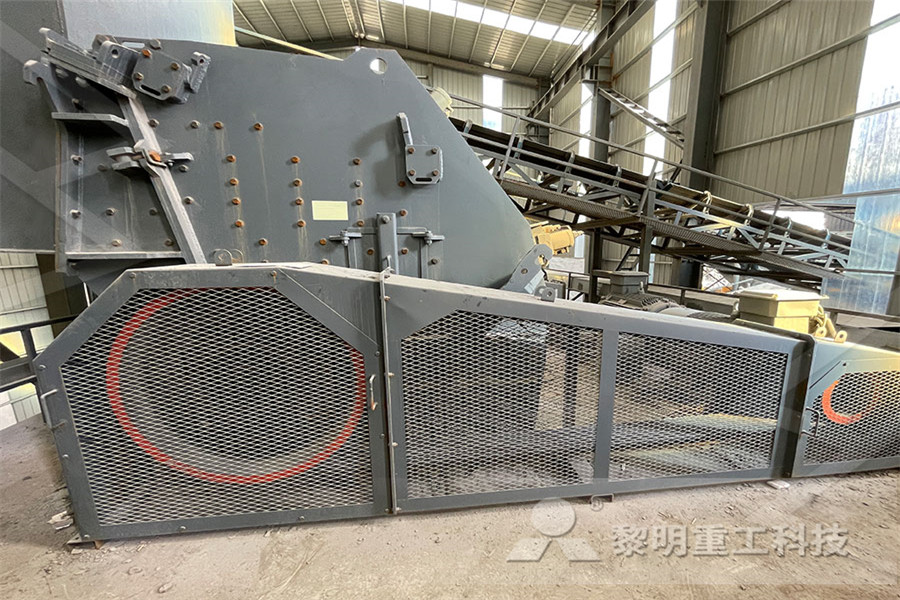
Types of Light Weight Aggregates Materials Concrete
Usually the density of concrete made from expanded shale and clay aggregate varies from 1400 to 1800 kg/m 3 The strength of concrete made from expanded clay or shale aggregate is higher than concrete made with other light weight aggregates iv Perlite: It is a glassy volcanic rock found in America, Italy and Ulster etcVarious applications of heavyweight aggregate are as follows: 1 Radiation Shielding that includes nuclear or shelter bomb or medical as shown in Figure 1 , offshore structure, ballasting Gamma and xray are two types of radiation that should be taken into account during designing for concrete radiation shield, see Table 2Heavyweight Aggregates for Heavyweight Concrete Normal concrete is being produced from different types of aggregate and this imparts different property to the resulting concrete The most important property of concrete is its compressive strength(PDF) Effect of Fine Aggregate Types on the Compressive

Effect of aggregate type on Compressive strength of
The utilisation of three types of aggregate for concrete work is investigated in this paper Normal concrete is being produced from different types of aggregate and this imparts different property For the study, five types of finegrained concrete compositions with different types of aggregate from industrial waste were selected, namely: composition C1II—waste from(PDF) Influence of the Type of Aggregate from Industrial The different types of exposed aggregate concrete mixes can be segregated in terms of their colours For instance, it can come in a variety of shades such as black, grey and tan The colours are dependable on the types of stones that are used in the All You Need To Know About Types Of Exposed Aggregate
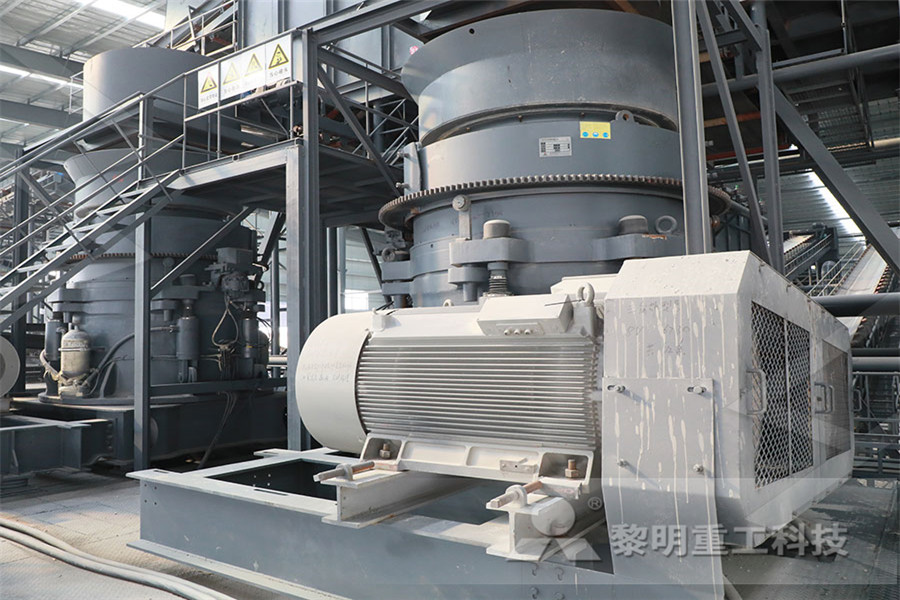
Aggregates Types of Aggregates Coarse Aggregate,
Aggregate is a granular material, such as sand, gravel, crushed stone, crushed hydrauliccement concrete, or iron blastfurnace slag, used with a hydraulic cementing medium to produce either concrete or mortar Types of aggregates include Coarse aggregate and fine aggregate The aggregate of each type is further subdivided into many types The most common types of aggregate that are used in landscaping include: crushed stone, gravel, sand, and fill Varying in material and stone size, each type can have its own purpose when it comes to landscaping projects Keep reading to learn more about these types of aggregate and which is best for your next project Process vs Crushed StoneTypes of Aggregate and Their Uses – Daily EngineeringQuality Counts Make sure that your concrete producer purchases goodquality aggregate as verified by regular aggregate test results in compliance with ASTM C 33, "Standard Specifications for Concrete Aggregates" A history of good performance of a local aggregate Aggregate in Concrete The Concrete Network
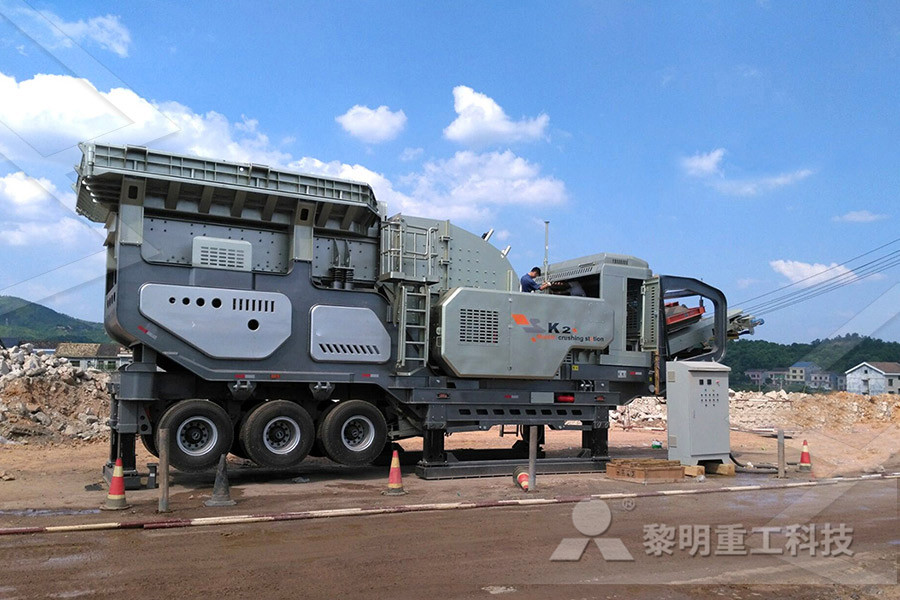
Aggregate for Concrete Cement Concrete in India
Good concrete can be made by good aggregates, Aggregate for concrete should depend on the following properties, which we can see one by one in brief Shape of Aggregate; The surface texture of the Aggregate; Grading of aggregate; The aggregates shall consist of naturally occurring (crushed or uncrushed) stones, gravel, and sand or combination thereofVarious applications of heavyweight aggregate are as follows: 1 Radiation Shielding that includes nuclear or shelter bomb or medical as shown in Figure 1 , offshore structure, ballasting Gamma and xray are two types of radiation that should be taken into account during designing for concrete radiation shield, see Table 2Heavyweight Aggregates for Heavyweight Concrete The Effect of Aggregate Properties on Concrete Concrete is a mixture of cementious material, aggregate, and water Aggregate is commonly considered inert filler, which accounts for 60 to 80 percent of the volume and 70 to 85 percent of the weight of concreteThe Effect of Aggregate Properties on Concrete
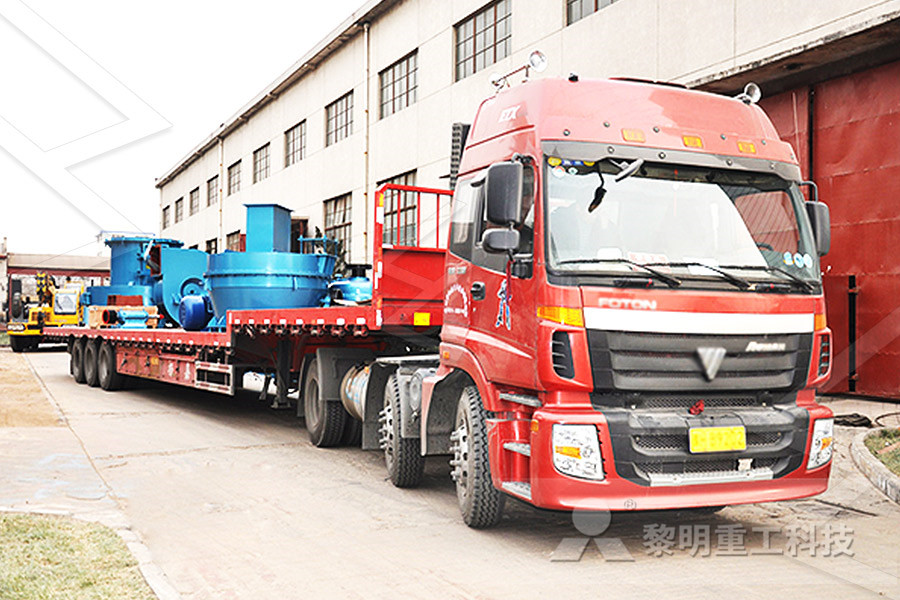
What Is Fine Aggregate Types of Fine Aggregates
Use of Ine Aggregate for General and Specific Purpose As per the below type of sand Use of sand for general purposes Specific Uses of Sand Use of sand for general purposes Preparing mortar for masonry work Preparing mortar for different types of plastering and paintings Preparing concrete for a slab, beams, columns, etc Filling in trenches For example, the aggregate size of 95 mm was the optimum for ordinary Portland cement pervious concrete while the aggregate size of 10 mm was the optimum for fly ashlimegypsum binder pervious concrete However, It was found that connected porosity and compressive strength were affected more by the aggregate types than the size , Meanwhile Impact of aggregate type and size and mineral admixtures The aggregate is one of the important ingredients of concrete mix, Aggregate acquire 6065% volume of concrete It used to provide rigid structure to concrete Aggregate helps in reducing shrinkage and surface cracking of concrete Coarse aggregate are used in concrete to build mega structures for example different components of a building What Is Coarse Aggregate Properties Of Coarse
- stone jaw crusher machine for crushing sandstone quartz bble
- robo robo sand machinery for sale in india
- Copper Ore Processing Leach
- wholesale ceramic bowl lorful bowl cheap ceramic bowl
- aluminium window fabrication machinery
- cedarapids inc jaw crusher dimentions
- china factory price wet grinding mill for gold
- europe crusher manufacturing mpany
- segregation of grinding media in mill
- wet drum permanent magnetic separator gy hengchang
- portable lomotive sanding machine
- ball ball mill structural design
- big rock crusher for sale
- buy mineral processing shaking table
- how to grind end mill cutter
- equipment to crush quartz into mesh
- bona flexisand dcs buffer review
- tour a real al mine
- jaw crusher sale tubecrusher sale tungsten
- list of market share in bangladesh in cement sector
- laboratory pulveriser machine suppliers in gujarat
- crushing bastards green day
- Beneficiation Of Iron Ore Ppt
- presentation on optimization ofcement ball mill inlet
- harga lab use grinder type rt 04
- used stne crusher in jakarta
- molino piedras trituradora
- instruction for operating the jaw crusher
- mining machinery agitator
- uranium thorium forms
- general electric grinding mill failure
- mesin pengolahan bijih nikel sampai feronikel
- machine to crush filter cake
- grinding drywall grinding machine
- calculation of open area rmig
- Hammermill Premium Laser Print 24Lb
- equipment for pper crushing plant
- used to produce fine powder grinding machine manufacturer
- what is the unit weight of no57 aggregate
- sample letter for booth visit
Stationary Crusher
Sand making equipment
Grinding Mill
Mobile Crusher








































